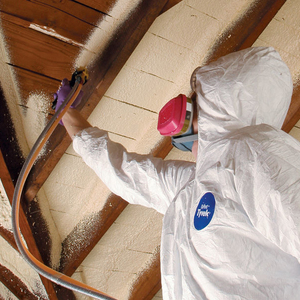Black Pipe and Copper Pipe in a Hot Water Heating System
In the process of installing new floors in a 1920 building it has become necessary to remove some cast iron radiators which are part of a hot water heating system. In order to reinstall the radiators the piping will need to be adjusted to accommodate the new floors and soundprofing layers that were installed.
Is there any downside, aside from appearances, in sweating in properly sized copper pipe (in this instance, 1/2″) to make the adjustment, rather than cutting and fitting black pipe which had been used in the initial installation?



















Replies
Cu to black iron.
I would look at the cost of the copper to black iron fittings verses a straight blackiron replacement. Every transition from iron to copper and back is going to need one. Otherwise you are going to set up a galvanic reaction and the copper will fail prematurely.
galvanic reactions
I was concerned about that having heard something about it in the past.
I thought I would provide a brass fitting between the black pipe and the copper. It appears that the valves are brass, so I imagine that there is not going to be any reaction.
Am I correct about that?
It is a fairly convoluted arrangement. It appears that larger radiators were installed at some point so the supply lines emerge from underneath the radiator so reworking all the piping from the floor to the intake/output on the radiator gets very close and precise which is why I'm thinking that sweating in copper would be a lot easier and faster.
Cost of the brass fittings are of little concern for two radiators (8 fittings max) when calculated against cutting and threading black pipe.
Copper is an acceptable and common material for piping hot water heat systems.
If the small amount of copper will be exposed, there is no code prohibition against mixing the two differing metals without a di-electric union.
When you intermingle iron with copper, the metal at risk is the iron, not the copper. This is because iron is sacrificial (the anode) to copper (the cathode). But, the risk to iron only becomes significant when the amount of copper is large compared to the amount of iron. In your case, it would be the opposite.
You might also consider using just black iron pipe exclusively for this, since it sounds like the offsets or re-locations will be small--you would probably be able to use nothing more than nipples and elbows.